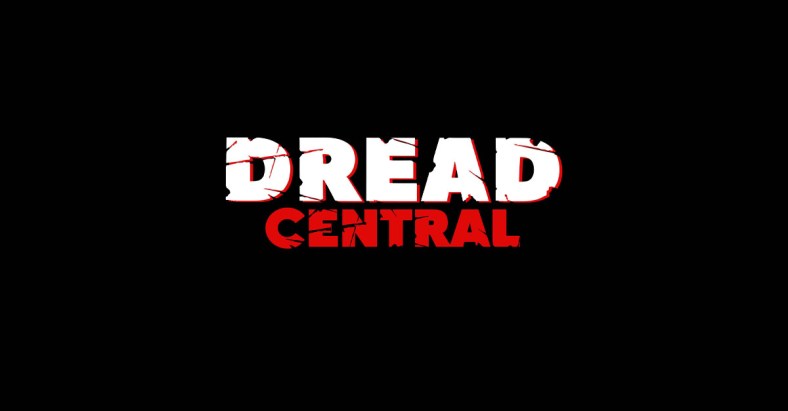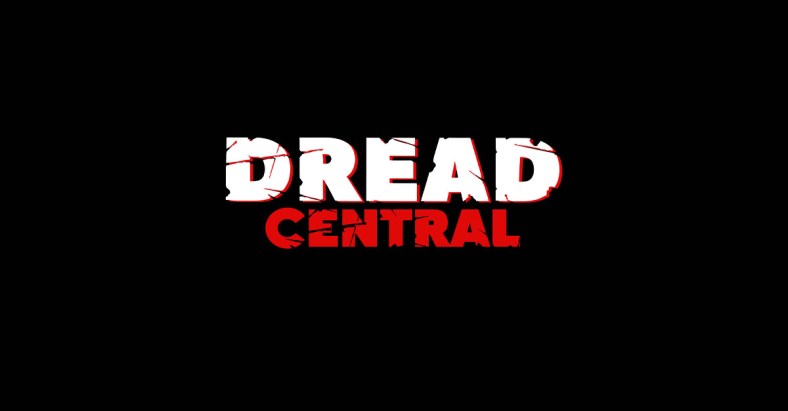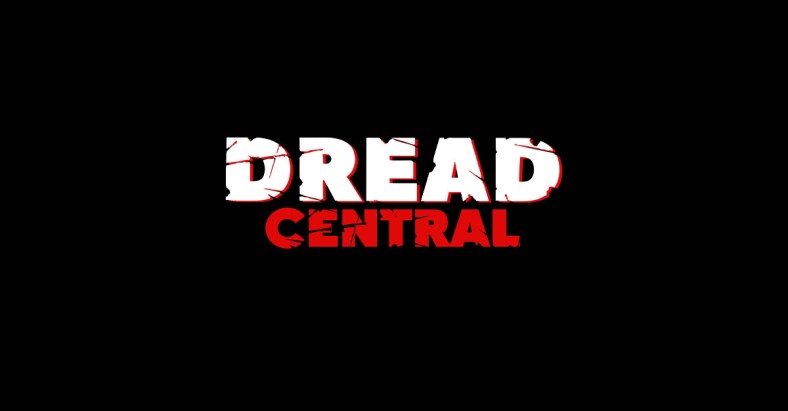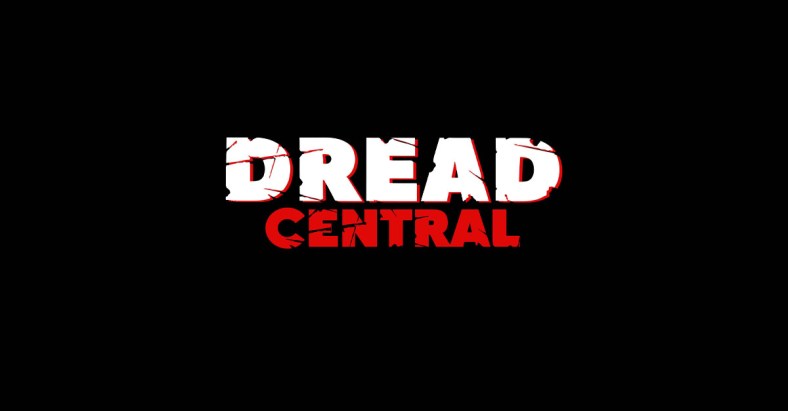From Script to Screen – The Storytelling Evolution of IT (2017)

There is a common misconception within the larger film fandom that when a major motion picture is reportedly undergoing a rewrite, red flags should be firing off over that film’s quality.
The reality, though, is quite the contrary. There is something refreshing about a good rewrite. A fresh set of eyes allows spotlights to be cast across unseen crevices and cracks in the story; mining narrative and character intricacies that don’t change the overall film so much as enhance it. A good rewrite is elegant, elevating the work of the previous writer and shaping the finished film in a way that creates a more cohesive and satisfying viewing experience for the audience.
As a case study, I’m going to look at two versions of the same story. The original Chase Palmer/Cary Fukunaga draft of IT (2017) and the finished film, with the final production draft also credited to Gary Dauberman, comparing what changes might have been made and, more importantly, why.
Now, full disclosure, I am going to be looking at the Palmer/Fukunaga draft in comparison to the finished film of IT (2017); not the final production draft. This means that certain discrepancies between drafts cannot be fully dissected; such as scenes that might have been cut from the final film. Also, SPOILERS if you haven’t yet seen IT (2017).
So, with that being said, let us begin at the beginning with…
BILL & GEORGIE DENBROUGH

At the core of IT (2017); in both the Palmer/Fukunaga draft and the final film, are the Denbrough brothers. It is Georgie’s death which kickstarts the story; acting as not only our introduction to Pennywise, but also to the dangers that Derry holds for our young heroes. This is not a PG-13 world. In Derry, children die, and they die badly. But while, in both versions, it is Bill’s reaction to Georgie’s death which drives him; seemingly subtle changes can be found which snowball into long lasting story implications for the film itself.
The Palmer/Fukunaga draft is much more faithful to the novel. In this version, Georgie is attacked in the sewer, his arm is ripped off, and, much like Marley, is dead as a door nail. Of that, everyone is certain.
Since Georgie’s death is not questioned, Bill (or Will as he is named in this draft) has been pushed aside and largely ignored by his parents. His mother and father barely speak to their living son, treasuring Georgie’s former belongings as holy objects; his room kept immaculate, as if a tomb in stasis. As the story progresses, Will struggles to come to terms with their inability to see that he is suffering just as much as they are. After the events in IT’s lair, Will and his parents are able to finally come to an understanding, and Will is able move past the death of his brother.

Now, in the finished film, there is a slight change to these proceedings. Georgie not only has his arm bitten off, but he is also shown being dragged, screaming for Bill, into the rain soaked sewers of Derry. His body gone, nowhere to be found, the town comes to terms with the idea that Georgie is dead. Everyone, including Bill’s parents’, accept this to be true.
Everyone, that is, except Bill himself.
Bill’s inability to believe that Georgie is dead creates a proactive need in him to find his brother; to prove that he is alive. This change influences every decision that Bill makes throughout the story. Instead of going down into the Barrens to build a dam on the last day of school; Bill, Richie, Eddie, and Stan hope to find evidence of Georgie in the sewer. The search for Georgie leads Bill into the House on Neibolt Street and is the reason why he unconsciously pushes his friends into IT’s path of destruction. While there is a scene in IT’s lair with Bill facing Pennywise masquerading as Georgie in the Palmer/Fukunaga draft, the film’s version has much more weight; since Bill is uncertain whether or not the thing he is talking to is truly his brother. This drive propels Bill through the story; leading him on a collision course toward the inevitable truth; the truth that he faces as he holds his brother’s abandoned rain slicker in the midst of IT’s lair, the truth that his brother is in fact dead. And for the first time, Bill allows himself to grieve, comfortably, within the loving embrace of his friends.
THE HOUSE ON NEIBOLT STREET vs. THE IRON WORKS

Two locations within Derry of infinite importance, both historical and otherwise, are the abandoned Iron Works and the derelict House on Neibolt Street.
In the Palmer/Fukunaga draft; the Iron Works are where Henry Bowers and his goons hunt down Mike Hanlon; in a subplot largely absent from the film. In a racially incendiary rage, Henry Bowers chases Mike into the Iron Works; hoping to trap him there. Mike gets away but Patrick Hockstetter decides to check out the old crumbling Iron Works building, alone. It’s here that he is cornered by IT and killed.
Later, when Patrick is missing; Henry blames Mike for the death, leading Officer Bowers to arrest Mike in a grotesque show of police force that sends Mike’s father (very much alive in this draft) to the hospital with a heart attack.
After being proven innocent, Mike is chased by Henry Bowers and Co. toward the House on Neibolt Street; where the Losers intervene. It’s here that the apocalyptic rock fight takes place. The Losers take cover in the House from Henry’s M80 fire crackers, where they collectively encounter Pennywise for the first time. Later they discover that the entrance to the clown’s lair is in the Iron Works; and it’s here that they venture in the hopes of killing IT for good.
In the finished film, the Losers never go to the Iron Works; Ben just reads about it in the Library. This also means that Patrick Hockstetter does not venture there but instead meets his end searching for Ben in the sewer; which is a much more direct motivation to go snooping in a creepy place than simple curiosity. Say what you will about Patrick Hockstetter; one wouldn’t really consider him the inquisitive type.
Now the big question attributed to these changes is, why? Why add more importance to the House on Neibolt Street in the finished film as opposed to the Iron Works?
On the production end, eliminating the Iron Works allows for a costly location to be deleted from not only the schedule but overall budge of the film. To build and properly set design the Iron Works would be costly and time consuming; utilizing resources which would undoubtedly be taken away from other aspects of the film, i.e. the Derry Sewers or the House on Neibolt Street. On a nuts and bolts level, excising this location could be seen as a matter of practicality.
But production considerations aside, there is also a narrative benefit. Focusing all of IT’s menace and presence upon the House on Neibolt Street fixates our attention on a single location in Derry that we know is evil. While the Iron Works is considered a place where IT operates, as is the Black Spot Bar (more on that later), the Losers learn that the House on Neibolt Street is the central hub of the Derry sewer system and the home of IT. In classic film structural fashion, this allows the audience to see the Losers confront this house multiple times, through multiple lenses. We see them discover the house, as Eddie does with the Leper. We watch them take on Pennywise arrogantly, as is the case with the clown room and door sequence. Then later we see them come back more prepared, ready to find the kidnapped Beverly; fully aware of the dangers that they might face.
This allows us to see how the Losers have changed over the course of the story; how they have grown wiser and more confident in their abilities to face down that which previously seemed an insurmountable evil. Film structure is about highlighting how characters change. And seeing how the Losers face down the House on Neibolt Street is an elegant structural shift which exemplifies that principle in a very effective and satisfying fashion.
FLASHBACKS

Anyone who has read the novel, or has seen the 1990 mini-series, is very aware of the importance of flashbacks. Throughout the novel there are a number of asides by Mike Hanlon, detailing the history of Derry and, by extension, the history of IT itself.
In the Palmer/Fukunaga draft, these flashbacks take very real shape in two forms. First, as a story told to Mike while his father lies delirious in his hospital bed. Leroy Hanlon relates to Mike the story of he Black Spot where an entire bar of people was burned to the ground. Leroy tells his son how he confronted IT and barely made it away with his life.
Later, the draft describes firsthand a massacre that took place at the Silver Dollar Saloon in 1879, where several men were brutally slaughtered with an axe while the bar full of patrons went about their business; never minding the massacre taking place mere feet from them. Ben tells the Losers this story hoping to better demonstrate the horrors that Derry is capable of and how IT has been at the heart of them all since the beginning.
Now, in the finished film, neither of these flashbacks can be found. There are several reasons why this might have been changed; but the simplest one is probably the most pertinent.
The flashbacks are not necessary.
IT is a big story, dealing with seven protagonists and a sprawling history that tracks back centuries. There is a way to write this movie poorly where the script gets so bogged down in explanations and expository asides that the Losers don’t have anything to do. In fairness, the Palmer/Fukunaga draft integrates these flashbacks cohesively into the narrative; but by their very nature, flashing back speed bumps the story’s forward progression, whereas the final film proves that excising them from the story allows the focus to be entirely upon the Losers and their struggles.
In that spirit; the final aspect of contrast between the versions that I am going to explore is…
THE LOSERS’ CLUB

At the heart of IT, in all it’s various forms, are the Losers. They are the core of the story. Pennywise is scary, yes. But only as a mirror of the Losers own earnest desires and beliefs. If Pennywise is the bastardization of childhood wonder, the Losers are his mirror; a shining example of what it means to be young and to believe, not only in yourself, but in your friends.
The Palmer/Fukunaga draft features the Losers very much as they are presented in the film; with a few notable exceptions. Specifically dealing with the relationship between Beverly/Ben/Bill, the purpose of Mike Hanlon, and what drives the Losers toward their final confrontation with IT.
In the original draft, Ben is just as earnest and genuine as he is in the film. He falls for Beverly instantly. He writes her the poem and sends it too her. But this is where the similarities cease; as Ben does not see Beverly flirting with Bill, nor does she find out that Ben was the one who wrote the poem.
The entire ebb and flow of the love triangle between Bill, Beverly, and Ben is largely absent from the Palmer/Fukunaga draft; a relationship which with a only few key scenes added into the finished film, including the subterranean kiss that wakes Beverly from her Deadlights laden slumber, was able to blossom with wholly satisfying results.
When it comes to Mike Hanlon, he is the one who seemingly loses the most from the Palmer/Fukunaga draft to the finished film. In the original version, the relationships between the Bowers and Hanlon families were more fleshed out. Henry Bowers’ hatred for Mike, specifically, is detailed and acted upon; whereas is merely hinted at in the film. And most importantly, similar to the final film, the core of Mike’s story is focused upon his parents.
In the Palmer/Fukunaga version, Leroy Hanlon has a heart attack which Mike believes is caused by IT. This leads Mike to infer that killing IT will save his father’s life. Ultimately this is not the case, leading Mike to understand that there is evil in the world far beyond even the reaches of Pennywise.
In the finished film, Mike Hanlon’s parents are long dead at the story’s outset. Dead, Mike believes, by his own inability to save them; as evidenced by IT showing Mike the burning hands of people trapped behind the butchery’s cast iron door. By eliminating Mike’s parents, and casting them as the baseline fear that IT can exploit, his arc as a hero is one of the most pronounced and clear in the film. He goes from lamb to lion; finding the courage by story’s end to do what he must to save the people he loves most, in this case, the Losers. And while, structurally, Mike does not meet the Losers until halfway through the story, the inclusion of his fear at the butcher’s shop solidifies him as a central protagonist and allows his prominence in the story to never waver despite his seemingly long absence from the film’s proceedings.
For that matter, the inclusion of every one of the Loser’s fears, all taking form very early in the film; allows for the threat of Pennywise to become fully realized to each of them, whereas in the Palmer/Fukunaga draft their fears are more spread across the front half of the story. All except, that is, for Richie Tozier.
As in the novel, he is the sceptic, unwilling to believe his friends’ stories of lepers and clowns. Opining classically whether or not “only virgins” could see this stuff. The fact that Richie is absent from seeing the blood in Beverly’s bathroom only prolongs this belief.
In another brilliant addition to the House on Neibolt Street sequence; the Losers initial assault on IT’s home base also acts as Richie’s full realization that IT is very, very real, so that when they escape the house it is very understandable why he might argue to cut their losses and abandon their crusade. Richie’s fear might be of clowns, but his reaction to seeing his own MISSING poster proves that even the Trashmouth can’t talk his way out of everything.

With the film’s inclusion of Beverly being kidnapped by IT, forcing the Losers to rally together in order to save her, the film’s story comes full circle. Whereas the Palmer/Fukunaga draft pushes the Losers into taking a preemptive strike on IT, more revenge based than anything, fearing the clown might be coming for them next; the film allows circumstance to pull them toward becoming heroes, forcing them to choose selflessness for the betterment of their friends. This is another structural benefit of the film. Giving the Losers a tangible reason to reunite is more cinematically satisfying than the original draft and more clearly highlights their growth from outcasts to family; proving the one thing that IT might be able to manipulate, but never overcome, is the Losers’ love for each other.
“IT” is a brick of a novel, utilizing every trick in Stephen King’s tool box. In many ways, it’s the most “Stephen King” of any Stephen King novel. And as with most of King’s works, adapting it for the screen is no small feat. Most attempts simply get lost in translation. But while it takes a single mind to craft an enriching novel, it takes many minds, collaborating in tandem, to craft an engrossing film. A process that many films crumble under the strain of, where story is abandoned in favor of simplifications and convenience.
Thankfully though, through the combined talents of Fukunaga, Palmer, and Dauberman, collaborating Producers and with the masterful direction of Andy Muschietti, the filmmakers of IT (2017) were able to craft a story that not only lived up to the novel’s promise; but elevated it even further, creating a film that will undoubtedly (much like the stories of King himself) stand the test of time, to be admired and enjoyed for many generations of Losers to come.
Categorized:Editorials News

